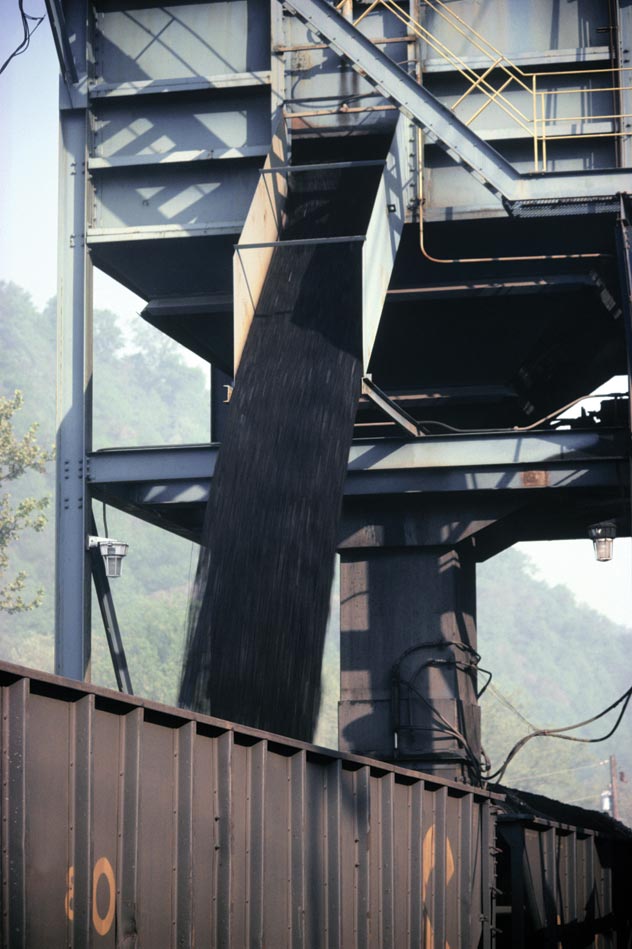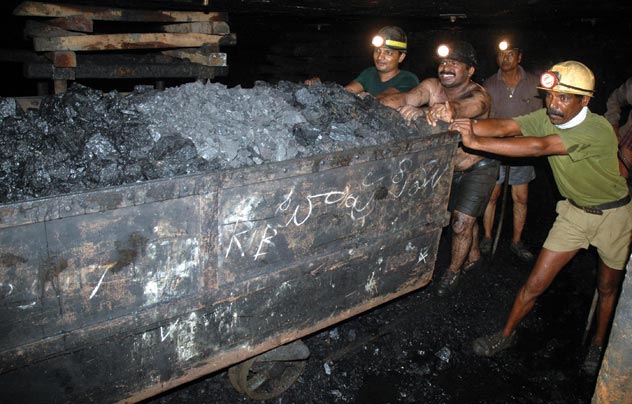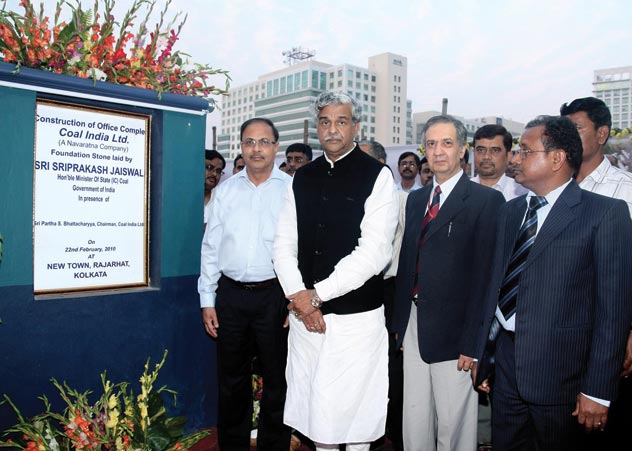ENVIRONMENT
Sustainable Mining: The Indian Challenge
India is determined to mine coal, its most abundant source of fossil fuel, in an environmentally sustainable way, but given an expected shortfall of 200 million metric tons by 2017, balancing India’s energy needs with environmental sustainability will be a formidable challenge, writes Siddharth Srivastava.

Coal has been a subject of much attention in India over the recent past. Despite large reserves, the country has not been able to meet its domestic requirements, resorting to large imports which were near zero five years back.
Output has been further pegged back due to concerns about sustainable mining. India’s federal minister for environment and forests, Jairam Ramesh, has recently said that India will prevent top mining firms from tapping 35 percent of the country’s coal reserves due to environmental concerns in forested areas.
Ramesh’s ministry is the federal authority for environmental clearances that are mandatory for all mining activities in the country.
Ramesh has been speaking about his views at various forums and he means business.
In November last year, his ministry rejected coal-mining proposals at a tiger reserve in Maharashtra. Last month, activist groups praised the minister’s efforts to protect India’s forests along the Western Ghats.
Major coal consumers in the country include state-owned NTPC, private entities Reliance Infrastructure, Jindal Steel & Power, Adani Power, Torrent Power, Essar, SAIL and Lanco Infratech. State owned Coal India Limited produces almost 80 percent of domestic output.

(Above): Indian coal miners push a trolley laden with coal inside an underground tunnel of a mine at Godavarikhani, Andhra Pradesh.
Coal is the most abundant fossil fuel in India, with hard coal reserves around 250 billion tons, of which about 100 billion tons are proven. About 70 percent of India’s electricity is generated from coal.
Speaking to an Indian newspaper, Ramesh said, “We have identified go and no-go areas especially in the case of coal mining in nine major coalfields. Almost 35 percent of coal blocks are in no go areas, where there is high tree density and forest cover. Coal is serious because we have to double our coal production in the next 7-8 years.”
In another interview to a foreign newspaper, Ramesh said, “I cannot, in clear conscience, clear these projects in the no-go areas. India could no longer afford to approve every proposed mine. There are areas where mining has clearly exceeded the carrying capacity.
“It’s all very well to say environment and development have to go hand in hand, but what are the practical implications of that?” he has said, adding that he favored applying similar norms to other mineral resources.
“Mining must go on, legal mining must go on. But even where there is legal mining and if it is in dense forest areas, then we have to have a second look as is in the case of coal. It’s a ticklish issue. But unfortunately in our country, mining has not been done in an ecologically sustainable manner so far,” Ramesh said.
Government sources say that Ramesh’s views have resonated with the top establishment, including the Prime Minister’s Office, though powerful mining lobbies are clearly not happy.
Among other reasons for a receptive ear to Ramesh’s ideas is a growing perception of a link between India’s acute Maoist and Naxal insurgency and rapacious mining in forested and protected areas.

(Above): Coal Minister Sriprakash Jaiswal lays the foundation stone for the proposed office complex of Coal India Limited, the coal mining public sector giant, at Rajarhat, Kolkata. Coal India Limited produces almost 80 percent of domestic output. [PRESS INFORMATION BUREAU]
Maoist rebels are spread over the northeastern and central eastern states of Jharkhand, Chhattisgarh, Orissa, Bihar, Madhya Pradesh, West Bengal and Andhra Pradesh.
India’s valuable coal and mineral industry is focused in these states, which have large tribal concentrations. Ironically, these areas score very poorly on human development charts as the local population has not benefited from rich mining activities that have instead filled state coffers and boosted politicians, the bureaucracy and few outsider businessmen.
Maoist-linked violence has killed 10,000 people in India over the past two decades. New Delhi calls it the biggest threat to India’s internal security, worse than terrorism.
Praiseworthy as Ramesh’s efforts are, India will not be able to sustain its high growth levels if coal supplies do not rise.
According to the mid-term appraisal of the Planning Commission, Indian firms will need to buy more foreign coal assets as the demand-supply gap will shoot up to 200 million metric tons by the end of the Twelfth Five Year Plan (2012-17).
India’s coal demand is expected to touch 730 million metric tons by 2011-12, while domestic supply is estimated at 520 million metric tons, leaving a shortfall of over 200 million metric tons.
Indian coal consumers are frustrated due to insufficient coal supplies from CIL, with estimates that the company will end 2010-11 with a negative coal balance of 110 million metric tons. This means that CIL does not have enough coal for consumers in various sectors (power, steel, cement, fertilizer).
Indian firms CIL and NTPC, the largest power generator, are looking to import coal or acquire stakes in coal mines in Australia, Indonesia, America, Mozambique and South Africa, among other countries.
Given the need for sustainable growth in coal output, India will need to bring about structural changes in the sector to invite foreign and private investments to push output.
As things stand, private players are allowed captive use of coal blocks that are allocated by the government that leads to non-transparency and entry of non serious players.
This has also resulted in firms sitting on coal blocks without any intentions developing them and in the hope of selling at a premium should the government allow open sales of coal.
There are some moves to unshackle the sector.
In budget submissions in February this year, New Delhi ratified a Coal Ministry move to auction coal blocks (as in oil and gas) for captive use to ensure higher production. The government also proposed setting up a coal regulator to settle issues such as coal pricing. Both the proposals are awaiting Parliament clearance.
|